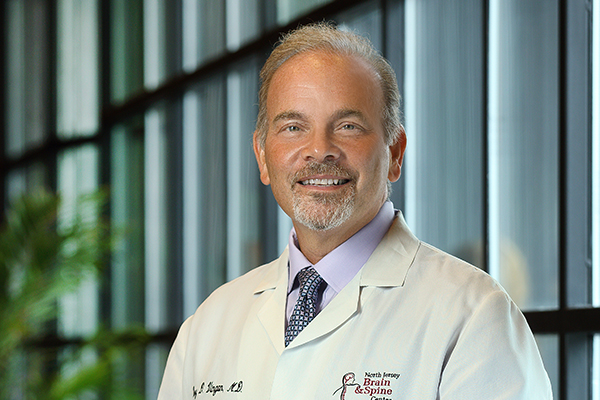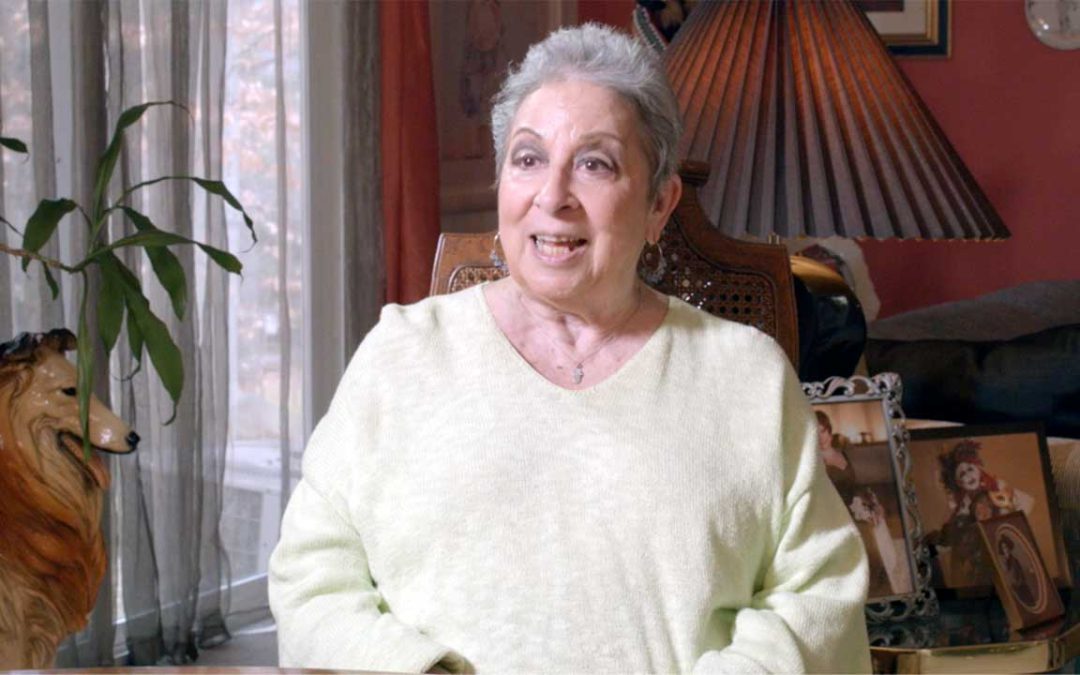In this article
Review some of the most commonly asked questions about carotid artery stenosis:
What is carotid artery stenosis?
Carotid artery stenosis is a condition in which there is narrowing of the carotid arteries.
There are two carotid arteries, one on each side of the neck. The carotid arteries are two of the major blood vessels that provide the brain’s blood supply.
It is important to note that carotid artery stenosis may cause up to one-third of all strokes. A stroke occurs when blood flow to the brain is blocked, causing a lack of blood flow to a part of the brain. Lack of blood flow can lead to irreversible loss of brain tissue and this is termed a stroke. Treatment of carotid artery stenosis can greatly reduce the risk for stroke.
What are the causes of carotid artery stenosis?
Like other arterial diseases, carotid artery stenosis develops from atherosclerosis or the hardening of the arteries. This condition is caused by the buildup of cholesterol plaque on the walls of the artery.
Plaque slowly accumulates over many years and over this time the artery becomes more narrow, causing a reduction in blood blow. A blood clot may suddenly form over the plaque, causing a blockage of blood flow to the brain. Small pieces of the plaque can also break free and travel down the artery to cause a blockage of flow.
What are the risks of carotid artery stenosis?
Risk factors include:
- Smoking
- Alcohol or recreational drug use
- Family history of stroke
- Older age
- High blood pressure
- High cholesterol
- High triglycerides
- Diabetes mellitus
What are the symptoms of carotid artery stenosis?
In its early stage, people often do not have symptoms of carotid artery stenosis. Your doctor may notice a bruit, which is an atypical sound, when listening to your neck with a stethoscope. This faint sound is a distinctive sign of carotid artery stenosis at a stage when you might not be noticing symptoms on your own.
The most common first sign of carotid artery stenosis is a transient ischemic attack, also called a mini-stroke. A mini-stroke is the first sign of any problem for some people.
If you or someone you know is having a stroke or a mini-stroke, seek medical care immediately. Immediate care greatly reduces long-term damage. The symptoms of a stroke or mini-stroke are sudden onset and can include:
- Numbness, heaviness or weakness of the face, arm or leg
- Facial droop on one side
- Slurred or garbled speech
- Sudden inability to speak
- Vision loss
- Confusion
How to diagnose?
In order to diagnose carotid artery stenosis, a physical exam is performed as the first step. The doctor listens to the blood flow in your neck for a bruit.
To assess the likelihood of carotid artery stenosis and your overall health, the doctor may order blood tests to check your cholesterol, triglycerides and blood sugar.
In addition, the doctor may order imaging tests to further examine the blood vessels in your neck and brain. Your tests may include:
- Ultrasound of the carotid arteries (Carotid Doppler Ultrasound)
- MR angiography (MRA)
- CT angiography (CTA)
Is it Curable? What are the Treatment Options?
Treating carotid artery stenosis involves medical management and/or interventional management.
Medical management includes:
- Anti-platelet “blood thinners” such as aspirin.
- Cholesterol lowering medications (statins)..
- Observation over time for worsening stenosis and/or neurological symptoms of TIA and stroke..
Interventional treatment options for carotid artery stenosis might include:
- Carotid endarterectomy: The traditional surgical treatment for clearing the carotid artery of plaque.
- Transcarotid artery revascularization (TCAR): A minimally invasive procedure to restore blood flow through the carotid artery with less downtime and no incision.
- Carotid angioplasty and stenting: A minimally invasive procedure during which a carotid artery stent, a small mesh tube, is placed in the artery to keep it open, restoring healthy blood flow.








